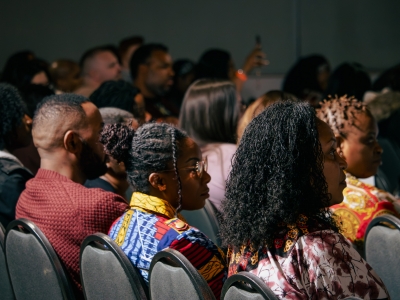Pokémon Go, the popular game of 2016, was the wider world’s introduction to augmented reality (AR): players looked at their smartphone’s live camera feed and saw virtual Pokémon characters overlaid onto the real-world images on their screens. Since then, apps supplementing real-life images with any kind of computer-generated element—including text, sounds and video clips—have proliferated.
AR’s uses extend into pedagogy, and there’s a natural fit between AR and language learning. However, according to Victoria McArthur, associate professor at the School of Journalism and Communication and program director of Media Production and Design, no framework of best practices exists to support non-game-based AR for language learning.
“The design of pedagogical technologies should be guided by a set of guidelines to ensure usability, accessibility and effectiveness,” states McArthur. “The lack of a framework represents a missed opportunity for future AR tools to benefit from a foundational theory of pedagogical design.”
With collaborator Elizabeth Sowka, instructor at Carleton’s School of Linguistics and Language Studies, McArthur’s study, Augmented reality assisted language learning: A heuristic framework to support interdisciplinary research, will use a SSHRC Insight Development Grant of $61,360 and focus on non-native learners of kanji, a Japanese writing system using Chinese characters.
They will develop a framework by analyzing existing literature, pedagogical approaches to second-language acquisition, and interdisciplinary design practices for educational technologies—and by creating two AR prototypes for kanji learners. The prototype designs will be informed by the framework, and the framework then revised based on iterations of the two prototypes.
Monday, August 31, 2020 in News, Research
Share: Twitter, Facebook



